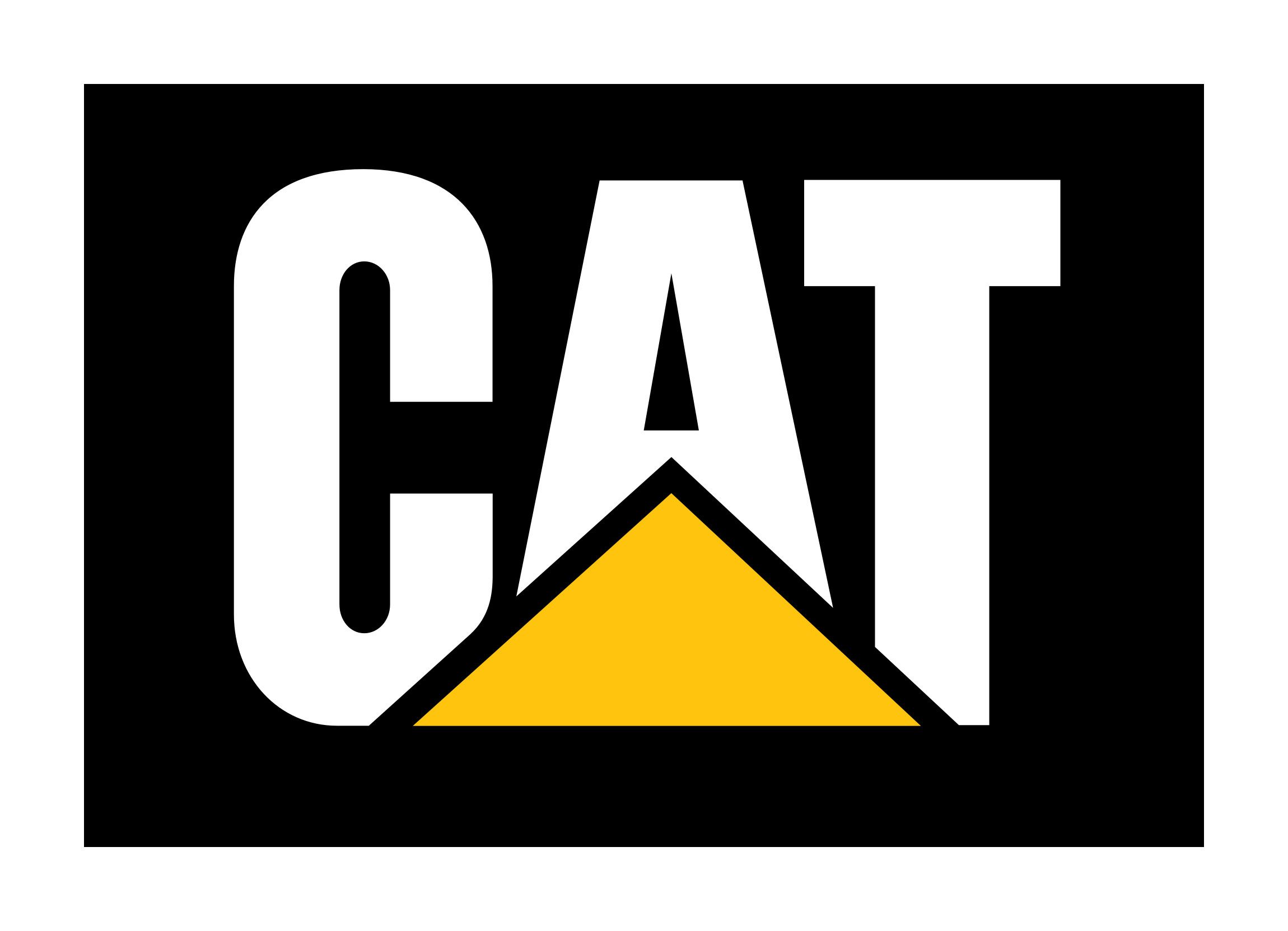Caterpillar Digger Info

Caterpillar Facts in a Nutshell
Caterpillar Inc. (abbreviated as CAT) is a Fortune 100 company based in the United States that designs, develops, engineers, manufactures, distributes, and sells machinery, engines, financial products, and insurance to clients through a global dealer network. It is the world's largest maker of construction equipment. Caterpillar was placed 65th on the Fortune 500 list and 238th on the Global Fortune 500 list in 2018. The Dow Jones Industrial Average includes Caterpillar stock. Caterpillar Inc. was founded in 1925 when the Holt Manufacturing Company and the C. L. Best Tractor Company merged to become the Caterpillar Tractor Company, based in California. The company changed its name to Caterpillar Inc. in 1986 after reorganising as a Delaware corporation. Its headquarters are in Deerfield, Illinois; it announced in January 2017 that it would relocate its headquarters from Peoria, Illinois, to Deerfield, Illinois, over the course of the year, abandoning plans from 2015 to build a $800 million new headquarters complex in downtown Peoria. Under the Cat / Caterpillar brand, the corporation also licences and sells a line of apparel and workwear boots. The "CAT" emblem and the signature "Caterpillar Yellow" livery distinguish Caterpillar machines.
Caterpillar Company History
The Caterpillar Corporation was founded (1925) In 1931, a 60-horsepower Caterpillar Sixty was employed for road work in the Cibola National Forest in New Mexico. The banks and bankers who held the company's massive debt persuaded the Holt board of directors to appoint Thomas A. Baxter as Benjamin Holt's successor. Baxter initially dropped large tractors from its lineup in favour of smaller tractors aimed at the agriculture sector.
Baxter began orienting the company towards developing road-construction equipment after the Government Aid Highway Act of 1921 established a US$1 billion federal highway building programme. The Fordson corporation also posed a serious threat to both companies. Best and Holt had spent over US$1.5 million in legal fees fighting each other in a series of contractual, trademark, and patent infringement actions between 1907 and 1918. C. L. Best's debt had been financed by Harry H. Fair of San Francisco's Pierce, Fair & Company, and Holt shareholders approached him about their company's financial difficulties.
The two corporations should unite, according to Fair. The Caterpillar Tractor Co. was formed in April and May 1925 when the financially stronger C. L. Best united with the market leader Holt Caterpillar. The combined firm was based in San Leandro until 1930, when it was relocated to Peoria as part of the merger agreement. Baxter had resigned as CEO earlier in 1925, and Clarence Leo Best took over as CEO, a position he held until October 1951.
Caterpillar streamlined its product lines, selling only five track-type tractors: the 2 Ton, 5 Ton, and 10 Ton from the previous Holt Manufacturing Company product line, as well as the Caterpillar 30 and Caterpillar 60 from the former C. L. Best Tractor Co. product line. In 1926, the 10 Ton and 5 Ton versions were phased out. The 2 Ton was phased out in 1928. The first year's sales totaled US$13 million. Caterpillar's sales had risen to $52.8 million by 1929, and the company continued to expand during the Great Depression of the 1930s. The diesel engine was adopted by Caterpillar to replace gasoline engines. Caterpillar goods gained notoriety during World War II because to the Seabees, US Navy construction battalions that built airfields and other facilities in the Pacific Theater of Operations. In terms of the value of wartime military production contracts, Caterpillar placed 44th among US firms. During the postwar building boom, Caterpillar expanded rapidly, and in 1950, it launched its first operation outside of the United States, marking the start of Caterpillar's transformation into an international organisation.
Caterpillar was reorganising in 2018, closing a demonstration centre in Panama and an engine production plant in Illinois.
Caterpillar Manufacturing
Caterpillar manufactures products and components in 110 locations throughout the world. Australia (till 2015), Belgium, Brazil, Canada, China, Czech Republic, England, France, Germany, Hungary, India (Tiruvallur), Indonesia, Italy, Japan, Mexico, the Netherlands, Northern Ireland, Poland, Russia, Singapore, South Africa, and Sweden are among the countries with 51 plants. Caterpillar's historical manufacturing headquarters, as well as its world headquarters and core research and development activities, are located in Peoria, Illinois. Despite outsourcing much of its local parts production and warehousing, Caterpillar still has four major plants in the Peoria area: the Mapleton Foundry, which casts diesel engine blocks and other large parts; the East Peoria factory, which has assembled Caterpillar tractors for over 70 years; the Mossville engine plant, which was built after WWII; and the Morton tractors factory.
You can find information on the Caterpillar product range here, but for more information about Caterpillar products, go to: http://www.caterpillar.com.
https://www.cat.com/en US/products/new/equipment/excavators.html
Ideal Digger Hire Essex
Tel:01376319184
Copyright © 2021 Ideal Digger Hire Essex